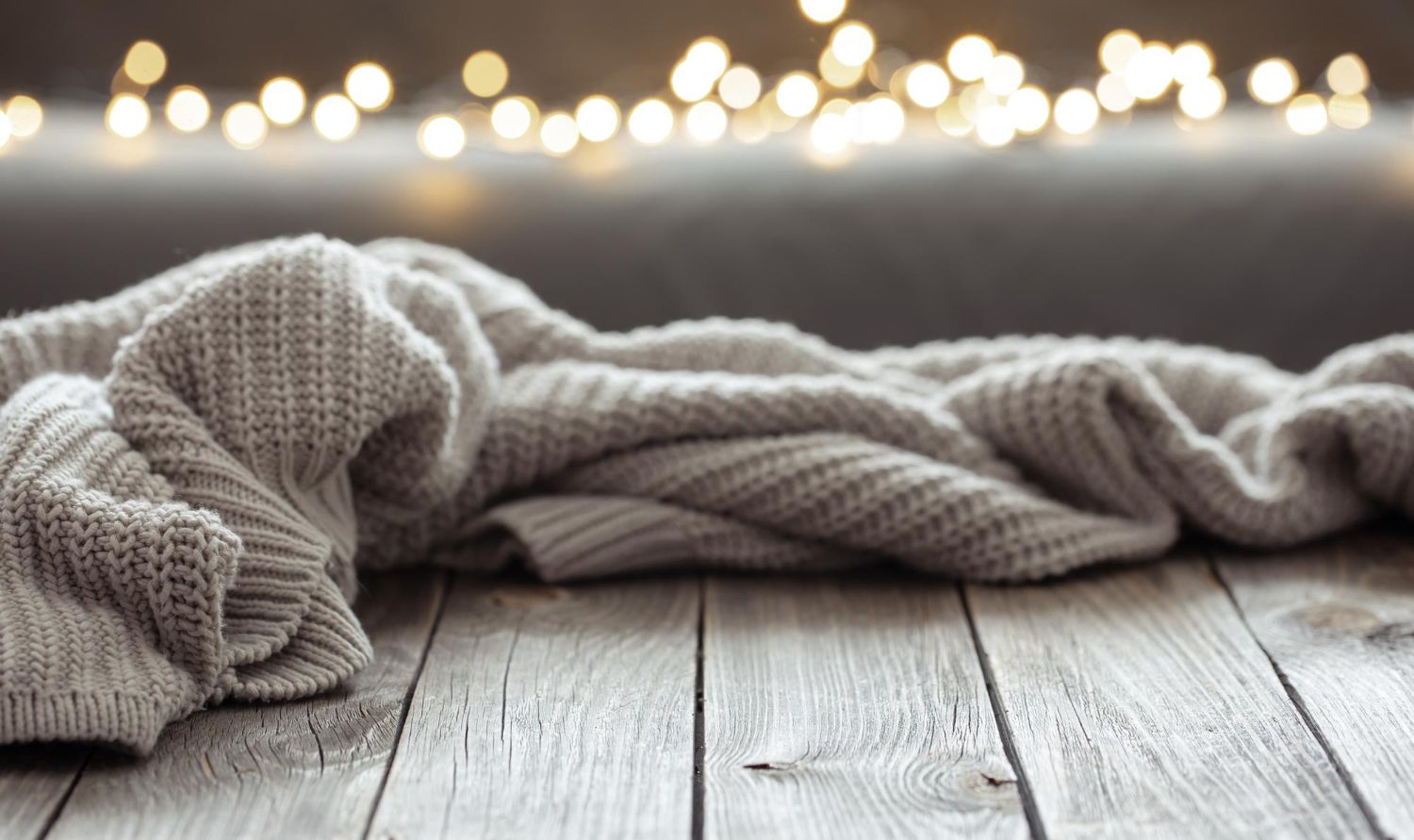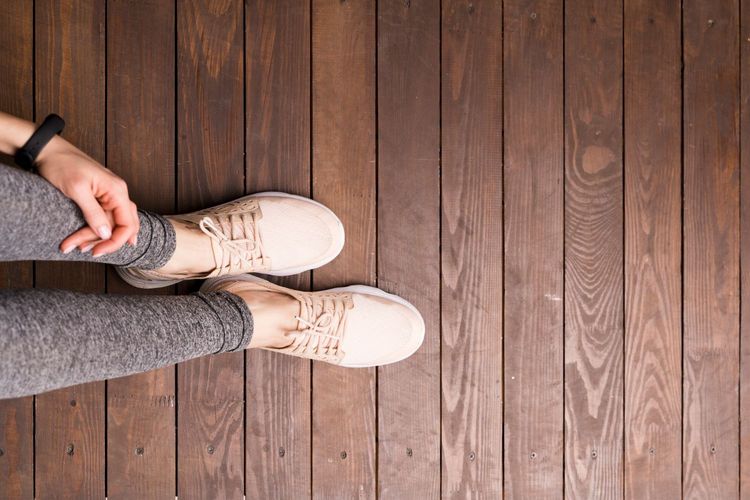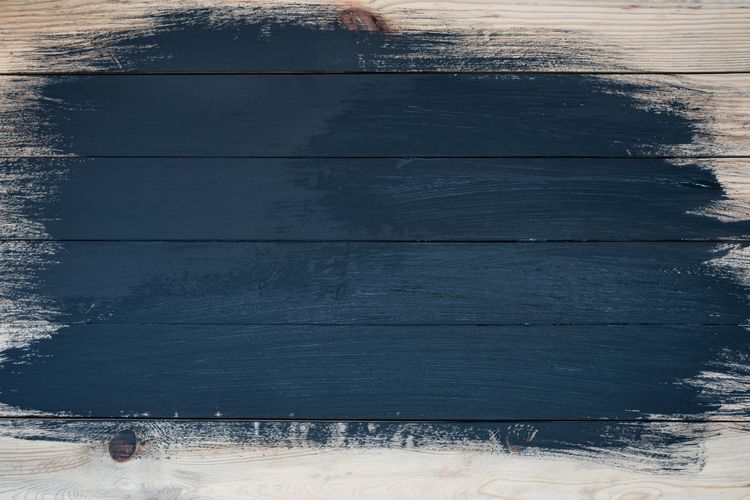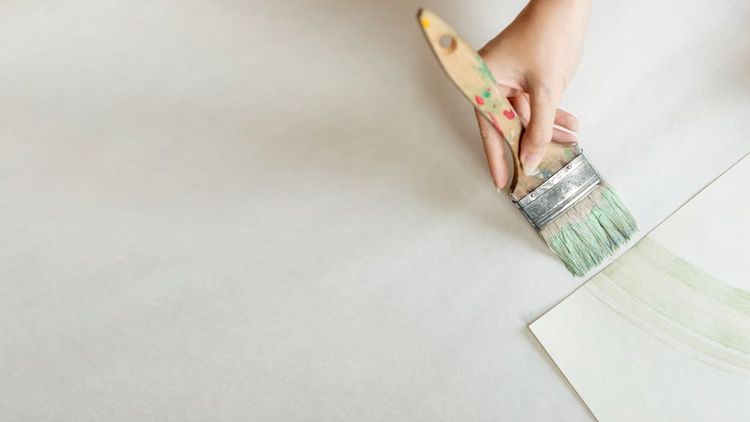How Winter Weather Affects Wood Floors in the UK (and How to Prepare)

The UK winter is a unique beast. It’s not just about plummeting temperatures, but a damp, pervasive chill characterised by relentless rain, sleet, and a significant drop in humidity levels, especially once central heating systems click on. For the beautiful wooden floors that grace so many of our homes, this seasonal shift creates a challenging environment that can lead to a host of issues if left unmanaged. Understanding this battle between your wood floor and the winter air is the first step to preserving its beauty and longevity.
This article explores the science behind winter's impact and provides a practical guide on how to prepare and protect your investment.
Part 1: The Dual Threat - How UK Winter Attacks Your Wood Floors
The primary enemy of wood floors is not temperature itself, but the dramatic shift in humidity levels. Wood is a hygroscopic material, meaning it naturally absorbs and releases moisture from the surrounding air to reach an equilibrium with its environment.

The Central Heating Effect: The Dry Air Onslaught
As the temperatures drop outside, we crank up the radiators and light the fires. This artificial heat warms the air, but it also drastically reduces its relative humidity. In a well-heated UK home, indoor humidity levels can drop to as low as 20-30% in winter, compared to the ideal 40-60% for wood floors.
The Consequence: Wood Shrinkage and Gapping
In this dry environment, the wood is forced to release its internal moisture into the air. As it loses moisture, the wood cells contract. This causes the floorboards to shrink.
- Gaps Appear: The most common and visible symptom is the appearance of gaps between floorboards. While some of this is normal and seasonal, severe drying can lead to pronounced gaps that collect dirt and can become permanent over time.
- Cracking and Splitting: In extreme cases, the wood can dry out so much that it loses its structural integrity, leading to small cracks or splits along the grain.
- Loose Floorboards: Significant shrinkage can cause tongue-and-groove boards to become loose, leading to squeaks and movement underfoot.
The "Wet Winter Boots" Effect: Localised Moisture Damage
The UK winter is famously wet. Rain, slush, and road grit are tracked inside on footwear, creating a secondary, localised threat.
- The Consequence: Cupping, Staining and Finish Damage
Puddles from wet boots or dripping coats left on the floor allow moisture to penetrate the wood's finish rapidly.
- Cupping: When water seeps into the seams between boards, the sides of the boards absorb the moisture and swell upwards, creating a concave, "cupped" shape.
- White Stains/Hazing: Water left on a finished floor can create white, cloudy stains within or beneath the protective lacquer or varnish, damaging its appearance.
- Long-Term Damage: Repeated exposure to pooled water can lead to permanent staining, warping, and even rot in severe cases.
Part 2: How to Prepare and Protect Your Wood Floors for Winter
Proactive care is far more effective and less costly than reactive repairs. Here is your essential winter preparation checklist.
Hydrate Your Home: Control Indoor Humidity
This is the single most important step in winter wood floor care.
- Use a Hygrometer: This inexpensive device measures relative humidity. Place one in your main living area to monitor levels. Aim to keep it between 40% and 60%.
- Invest in a Humidifier: If your humidity consistently drops below 40%, a good quality humidifier is a wise investment. It adds necessary moisture back into the air, preventing your floors from drying out.
- Low-Tech Moisturising: For a cheaper alternative, place bowls of water near your radiators, or allow steam from cooking or bathing to circulate through the house (be mindful of excess steam in bathrooms directly on the floor).
Create a "Winter Defence Zone" at Entrances
Stop moisture and grit at the door.
- High-Quality Doormats: Place thick, absorbent coir or microfiber mats on both the outside and inside of every exterior door.
- Shoe Policy: Encourage a "no outdoor shoes" policy inside the house. Provide a rack for wet boots and a basket of clean, dry slippers for guests.
- Entryway Rugs: Use a durable, washable runner or rug in high-traffic entry areas to catch any residual moisture or abrasive grit.
Adapt Your Cleaning Routine
Winter demands a more careful cleaning approach.
- Clean Spills Immediately: Never let water or slushy mess sit on the floor. Wipe it up promptly with a soft, slightly damp (not wet) cloth, and then dry the area thoroughly.
- Avoid Steam Mops: These are a wood floor's worst enemy, especially in winter. The intense, hot steam can force moisture into the wood and damage the finish.
- Sweep/Vacuum Frequently: Grit and dirt act like sandpaper on your floor's finish. With more being tracked in, increase the frequency of sweeping or vacuuming with a soft-brush attachment.

Pre-Winter Maintenance and Checks
A little preparation in autumn can prevent major issues in spring.
- Inspect the Finish: Before the heating season begins, check the condition of your floor's seal (varnish, oil, lacquer). If water no longer beads on the surface and soaks in instead, it may be time for a recoating to provide a fresh layer of protection.
- Use Appropriate Wood Cleaning Products: For oiled floors, use a dedicated wood soap that cleans and adds a tiny amount of replenishing oil. For lacquered floors, use a pH-neutral cleaner designed for sealed wood.
What to Do if Damage Occurs:
- Gaps: Don't panic. Most gaps will close naturally as humidity rises in the spring and summer. Filling them in winter is often counterproductive.
- Cupping: Identify and eliminate the moisture source. Often, the boards will flatten out as they dry. Do not sand a cupped floor until the moisture balance is restored, or you will risk creating peaks when the boards flatten.
- Stains or Severe Damage: For significant water damage, cracking, or persistent issues, consult a professional floor sanding and restoration company. They can assess whether repairs, spot treatments, or a full sand and refinish are required.
Conclusion: A Seasonal Relationship
Caring for wood floors in a UK winter is about managing the environment. By understanding that your floor is in a constant, silent dance with the humidity in your home, you can take simple, effective steps to maintain the balance. A little vigilance with humidity, a robust defence at the doors, and a gentle cleaning routine will ensure your wooden floors remain a beautiful, stable, and warm feature in your home throughout the coldest months and for many winters to come.



